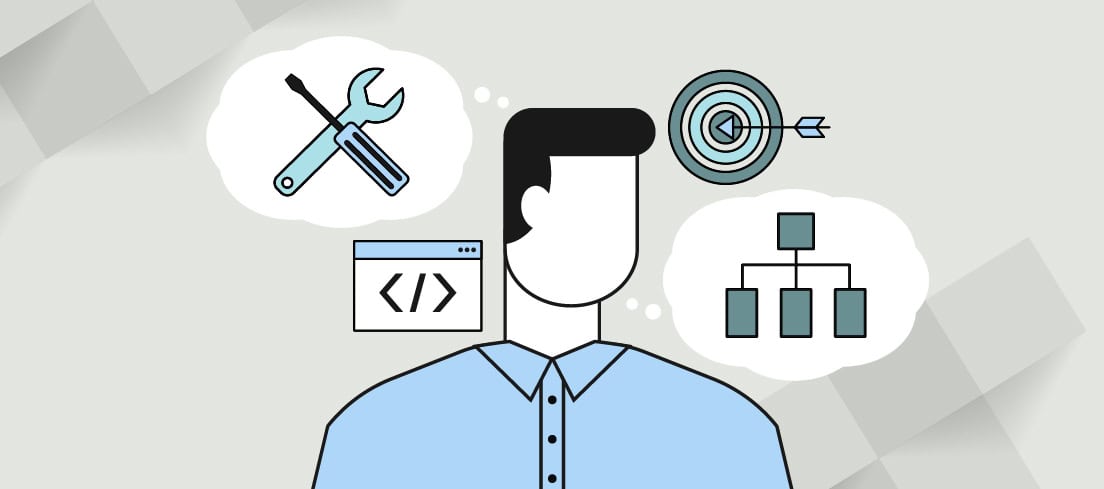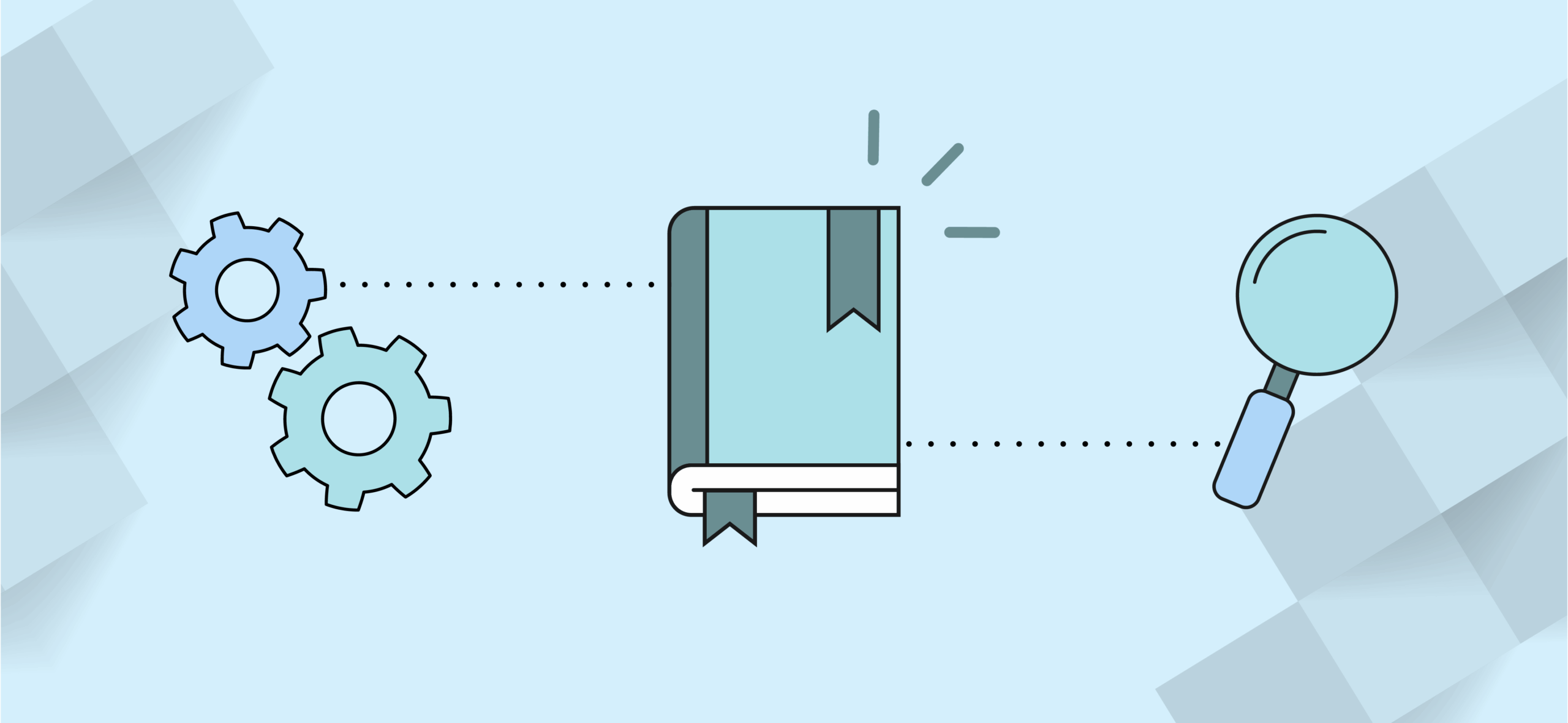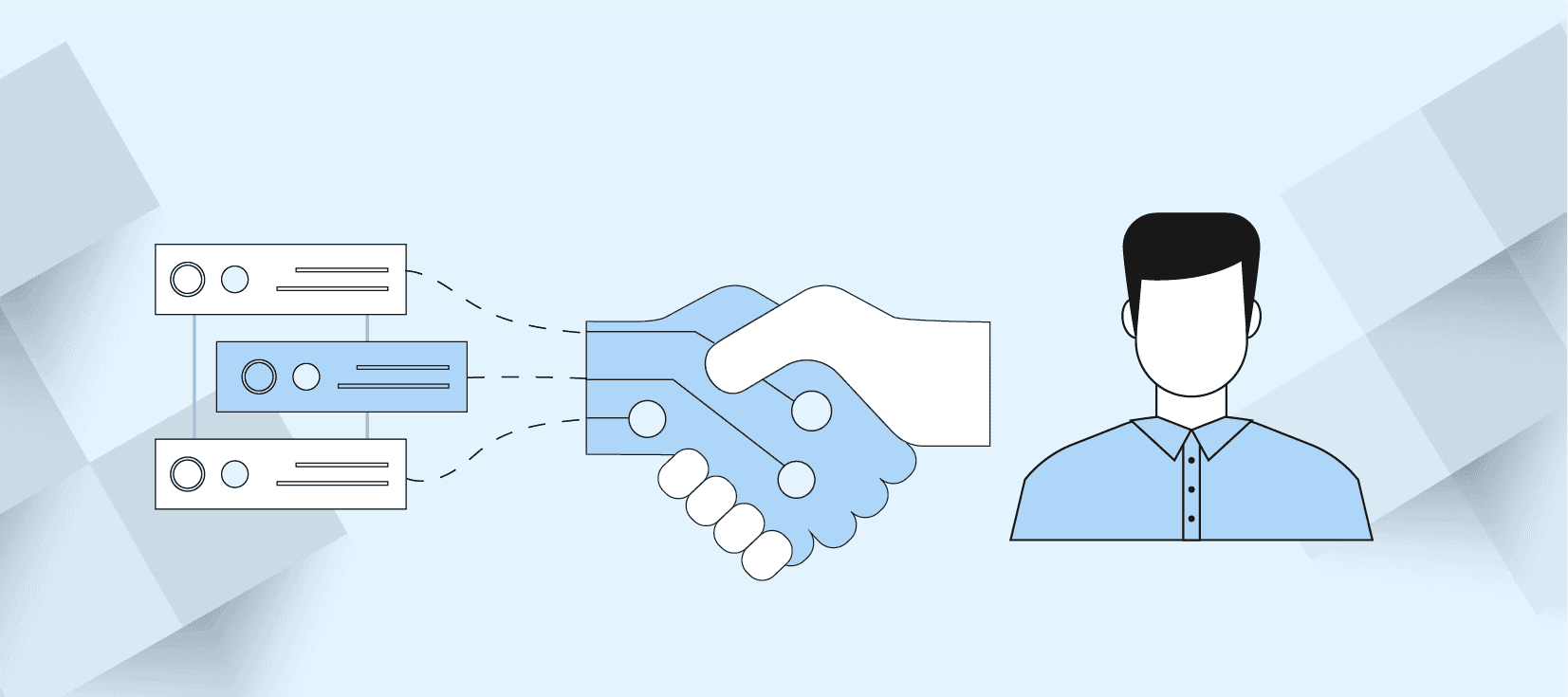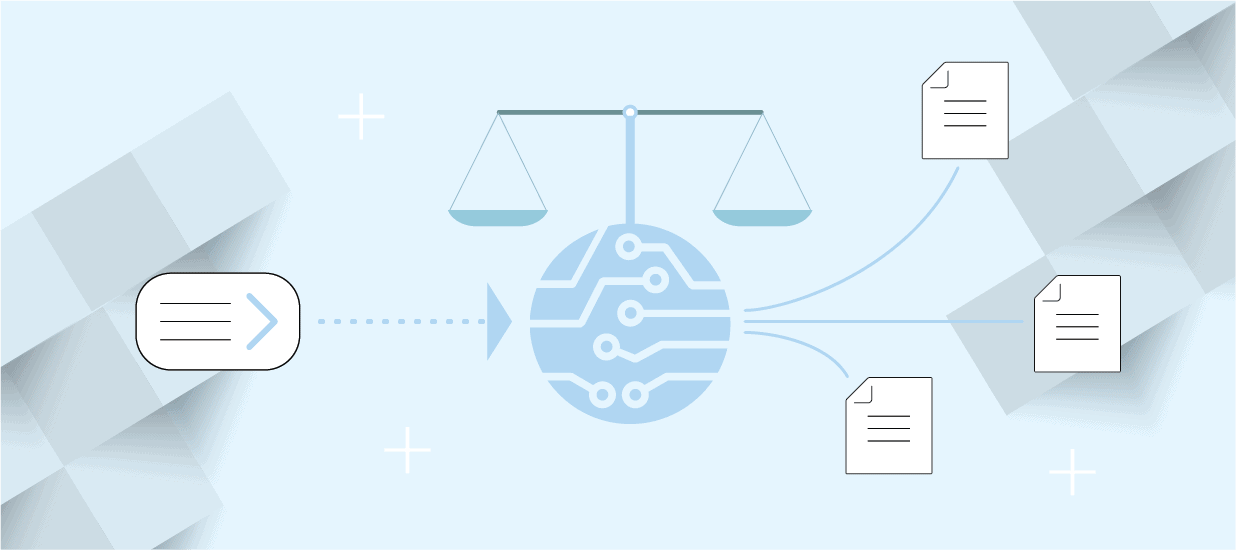Personas are nothing new to the world of product; product marketers have been using them for years to get inside the heads of their existing, potential and desired customers. But, a little like the difference between someone saying there is a bump on your head and your doctor doing a CT scan, data allows us to see the descriptive statistics that make up our consumers and gives us quantifiable information with which we can make better decisions.
A ‘data-persona’ differs from a regular persona in that it is backed up by, well, data.
In its most basic form, a data persona is the Sims version of your most popular customer(s). The framework for this character is based on consumer demographics—think frequency of purchase, time of purchase, other purchases (a.k.a. Basket analysis), as well as things such as age, gender and habits of your consumers.
Let’s say you sell marijuana, which is a good example because the reasons for purchase and the type of people purchasing differ significantly. To better understand, and sell, you create a series of data personas:
Bob, the 86-year-old retiree with arthritis, needs help alleviating his symptoms. He has limited disposable income and isn’t familiar with the products on offer.
Jay, the 24-year-old recreational user who purchases consistently (week to week) and knows what he wants. He has limited income, but is a frequent buyer.
Mary, the 43-year-old professional, who purchases infrequently, but high-cost items, and has some knowledge of the products. She purchases for recreational and medicinal purposes.
As an example, this lacks many specifics, but it gives you a general idea. Since companies can—and should—have multiple data personas, they can give you a more humanistic look at who your clients are/might be, and thus several key insights:
- What products they might want.
- What their buying habits might be like.
- What else they might buy.
- What advertising they might respond to.
Data mining is the labor that builds out your data personas.
In a nutshell, data mining is extracting and discovering patterns in large data sets, through the use of machine learning and statistical methods.
In the case of data personas, data mining trawls through consumer demographics, thus providing the information and refinement for the data personas; these can then be cross-referenced with outside, historical or future data sources to build a robust persona.
Data mining also allows us to validate the personas. The fancy term for this is turning a proto-persona into a validated-persona. A proto-persona is the ideal customer, or who you think your customers are. But, it’s through data mining—and using the subsequent statistics it generates—that moves a proto-persona into a validated one that has significantly more nuance.
It should be noted that another way to validate personas is to conduct a win/loss analysis.
Creating data personas gives you insight into what motivates someone to buy.
Creating personas is more than just finding the mean age and income of your clients, it’s about uncovering what their hobbies are, what their other purchases are, who they connect with, all converging to one focal point—what motivates this person to buy.
When we think about creating personas, we have to think beyond the scope of quantitative data, and dig into qualitative data.
Refresher—quantitative data is your means, standard deviations, and so on. It tells us a great deal about the semantics of our persona. Qualitative data tells us about the quality of a person and rounds out the picture in reality.
Qualitative data looks at how comfortable your customers are using technology, whether they are religious, travel, how they eat and so on, depending on what data you pull.
By combining both quantitative and qualitative to build your personas, not only are they more realistic, but they are more likely to provide real-world results when it comes to putting them to use.
But wait, where do we get all that kind of data?
That is a good question. Here is the answer:
- Your CRM (customer relationship management)
- Website analytics from your website.
- Market research
- Statistical analysis from outside sources (think Statista, Gallup, Data Market, etc.)
- Previous marketing campaigns
- Your sales team
- Your data teams
- Conducting surveys (like Survey Monkey)
- Focus groups
True validation comes from understanding why a trait exists.
We’re not trying to get overly Freudian on you, so we will stick with the tech terms, descriptive and derivative.
Descriptive traits exist because of the person. Bob (our retiree) buys marijuana to help with arthritis, and he buys products based on their ability to ease physical pain.
The key thing to note here is that Bob is motivated to buy particular items based on traits relative to him, and thus descriptive traits can help predict future behavior. If you have a new item that promises to alleviate arthritis pain, Bob is likely to buy it.
Derivative traits exist due to a factor you/your business has created or how a customer perceives your business.
For example, if your marijuana business sells a particular item at an unusually low cost, and it sells incredibly well, the high rate of purchases of this item is likely due to this factor and not individual motivation on behalf of the customer.
It is essential to distinguish between the two and build personas on descriptive traits since those help you understand your customers, thus understanding how changes will affect them.
Data personas have a lot to offer, from advertising to new markets to new products.
It’s easy to think that data personas can only tell you about your existing customers and what they want, but they also offer a lot of insight into other key areas:
- Validated, cross-referenced personas can tell you if other products or services you can potentially sell to your clients.
- They can tell you if other groups of people overlap with your personas, showing you new markets to target.
- They can help you with brand messaging, advertising and, alongside rapid A/B ad testing, can allow you to find high-value/low-cost ads.
So, while personas tell you a lot about your existing customers, they also act a little like a Venn diagram, showing you which areas (of service or new clientele) you can expand into as well.
The drawback? We’re looking at an average customer, but not anyone outside that.
The obvious drawback here is that data personas are an amalgamation of the most common features of (x) number of customers, but many people will fall outside those frameworks; if you have 100 customers, 60-70 might fall within personas, but what about the rest?
Validating the personas through focus groups and surveys can help reduce this issue; a bit like mixed methodology research, this ensures that outliers aren’t ignored, and can show you that there will always be customers who fall outside the norms, and whose behavior cannot always be predicted or accounted for.
The less obvious drawback is that it can predict ‘harbingers of failure’, although this isn’t necessarily an outright negative. Harbingers of failure was a term coined by marketing whiz Eric Anderson, and it showed that some people buy the duds, and – in doing so – their early enthusiasm creates falsely inflated positives about a product or service.
The term ‘harbingers of failure’ came about, as certain people are more likely to always choose the duds. In terms of data mining and data personas, the data is not always as clear-cut and trustworthy as we would like.
But, just like with any science, there will always be a modicum of uncertainty that cannot be completely eliminated; humans are, after all, fickle creatures.
As Jansen and his colleagues point out, “data-driven personas can be leveraged as analytics tools for understanding users.” With the advent of integrated marketing and the proliferation of social media, you can’t sell to ‘John Smith’, a hypothetical persona.
You have to understand people personally, and ironically, tech allows us to do so. Data mining humanizes John Smith, elevating him from an ideal to a fleshed-out being, with a family, desires, needs, and motivators.
Ultimately, we all want to feel like we are noticed and understood. Companies that utilize validated data personas are more likely to connect and empathize with their clients, meeting their needs and forging long-lasting customer loyalty.







